Specialties
Knee
Knee arthroscopy is a minimally invasive procedure used to diagnose and treat knee injuries such as meniscus tears, ligament damage, and cartilage issues. At Precision Orthopedics, our specialists use advanced techniques to reduce pain, restore mobility, and help you recover faster.
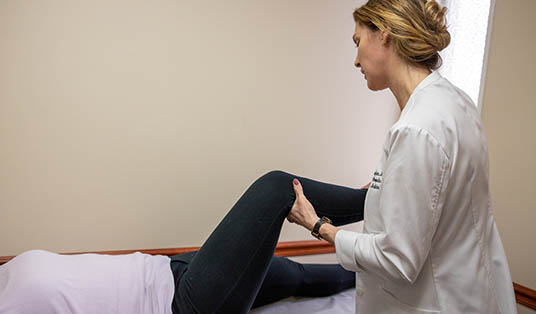
Your recovery resource
Learn more about knee arthroscopy, how it is performed, and what the risks of surgery are.
What should I know before my knee arthroscopy?
- Arthroscopy knee surgery is most commonly used for the removal or repair of torn meniscal cartilage, although it is also used for the removal of loose fragments of bone or cartilage or the removal of inflamed synovial tissue.
- Knee arthroscopy, or knee scope, allows orthopedic surgeons to diagnose and treat your pain through small incisions.
- Our orthopedic surgeons use high definition monitors and high-resolution cameras to properly diagnose and treat patients.
- Our on-site physicians oversee recovery and Physical Therapy if needed.
What is knee arthroscopy?
Arthroscopy for the knee is most commonly used for the removal or repair of torn meniscal cartilage. Reconstruction of a torn anterior cruciate ligament or trimming of torn pieces of articular cartilage. Knee arthroscopy is also used for the removal of loose fragments of bone or cartilage or the removal of inflamed synovial tissue.
Technical advances have led to high definition monitors and high-resolution cameras, and arthroscopic knee surgery is essentially a small scope used to see the inside of the knee. These and other improvements have made arthroscopy a very effective tool for treating knee problems. According to the American Orthopedic Society for Sports Medicine, more than 4 million knee arthroscopies are performed worldwide each year.
How is arthroscopic knee surgery performed?
Your surgeon’s first task is to properly diagnose your problem. He or she will insert the arthroscope, or knee scope, and use the image projected on the screen to guide it. Your surgeon can use arthroscopy to feel, repair, or remove damaged tissue. To do this, small surgical instruments are inserted through other incisions around your knee. If further surgical treatment is needed, your surgeon will insert tiny instruments through another small incision. These instruments might be scissors, motorized shavers, or lasers. This part of the procedure usually lasts 30 minutes to over an hour but depends upon the findings and the treatment necessary.
Your surgeon may close your incisions with a stitch or steri-strips (small bandaids) and cover them with a soft bandage. You will be moved to the recovery room and should be able to go home within 1 or 2 hours. Be sure to have someone with you to drive you home.
What are the risks and limitations?
As with any surgery, knee arthroscopy has risks. These include infection and potential damage to nerves and arteries. Stiffness may need to be addressed through post-operative rehabilitation. Knee arthroscopy is not appropriate for all knee conditions and is dependent on the surgeon’s training, expertise, and comfort level.
Meet our physicians who specialize in knee arthroscopy:
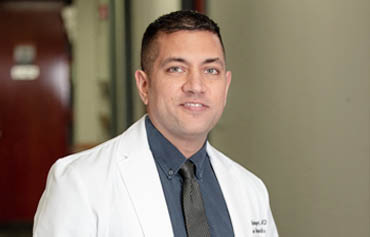 Rishi Bhatnagar, MD – Founder and Chief Strategy Officer
Rishi Bhatnagar, MD – Founder and Chief Strategy Officer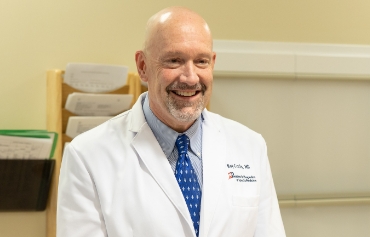 Roy Carls, MD – Chief Medical Officer
Roy Carls, MD – Chief Medical Officer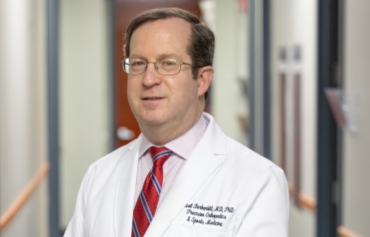 Scott Berkenblit, MD
Scott Berkenblit, MD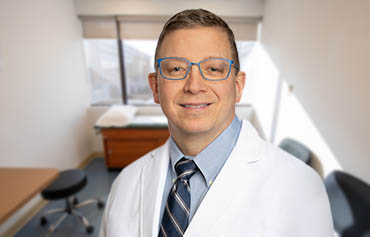 Gregg Ferrero, MD
Gregg Ferrero, MD Andrew R. Jones, MD, PHD
Andrew R. Jones, MD, PHD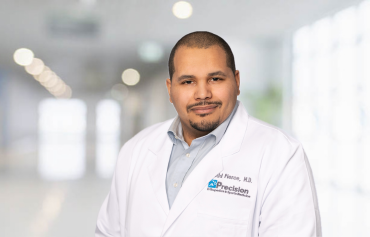 Todd Pierce, MD
Todd Pierce, MD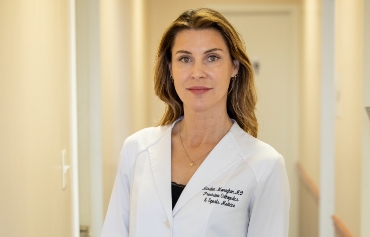 Kirsten Poehling-Monaghan, MD
Kirsten Poehling-Monaghan, MD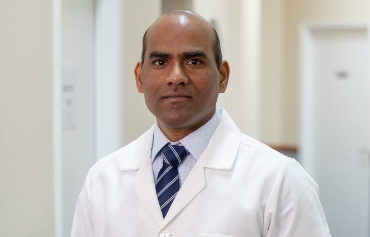 Satheesh Ramineni, MD FAAOS
Satheesh Ramineni, MD FAAOS Wayne Rozran, MD
Wayne Rozran, MD Sameer Saxena, MD
Sameer Saxena, MD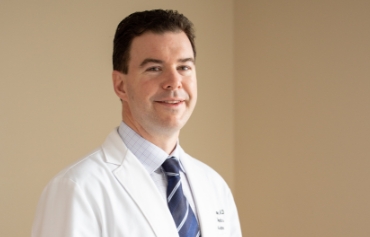 Matthew Thompson, MD
Matthew Thompson, MD
Our locations that offer knee support:
Cumberland, MD
Charles Regional Surgical Center
Gaithersburg, MD
La Plata, MD
Laurel, MD
Oxon Hill, MD
Waldorf, MD
White Oak, MD
Make an appointment
If you have an orthopedic need, we have you covered. We can even accommodate new appointments within 24 hours for acute injuries.
View our locations
Find the Precision facility that is closest to you among our 19 locations throughout Maryland and D.C. and give our team a call.